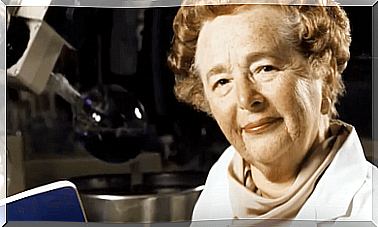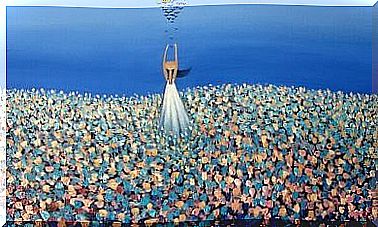Titian: Biography Of The Great Painter Of Venice
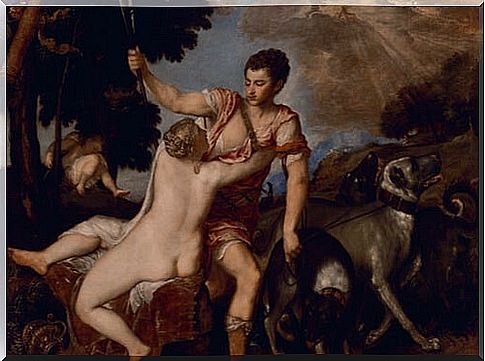
According to critics and art historians, including Arnold Hauser and Ernst Gombrich, the impact of Titian’s work was enormous. In fact, he was recognized as a great painter from a very young age.
In his portraits, Titian delved into the human character, managing to engrave it on his canvases. His religious compositions span the gamut of emotions, from the allure of his young madonnas to the tragic depths of the late crucifixion and burial.
In his mythological paintings, he captured the joy and abandonment of the pagan world of antiquity. In her nude paintings, Venus ( Venus and Adonis ) and the Danae ( Danae with Nursemaid ) set a standard for physical beauty and eroticism that has never been exceeded.
Titian was famous for his mastery of color; His creative work had a profound influence on countless future generations of artists. Great teachers like Rubens and Nicolas Poussin paid him a copycat compliment.
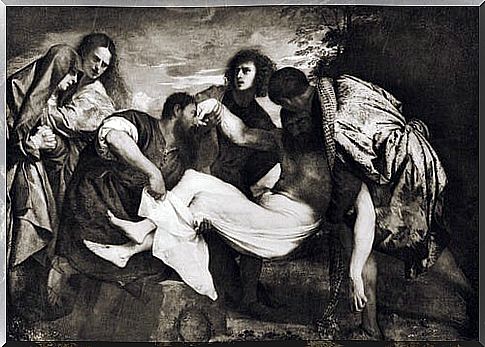
Titian, childhood and trip to Venice
The exact date of his birth is unknown, Tiziano Vecellio or Vecelli was born sometime between 1488 and 1490, in Pieve di Cadore, a town near Belluno, Italy.
The first years of his life were spent in that town. His parents were Gregorio and Lucia Vecellio, who had five children, Tiziano being the eldest of his siblings.
His father was a distinguished councilor and soldier. He served as superintendent of the castle of Pieve di Cadore and also managed local mines for their owners.
Many relatives, including Titian’s grandfather, were notaries. For this reason, it is not surprising that the painter’s family was well established in the area.
At the age of 10, in the company of his brother Francesco, he was sent to live with his uncle in Venice. Living in the city, Tiziano would be born as an artist. At first, both brothers entered as apprentices in the workshop of a famous mosaicist, Sebastiano Zuccato.
A few years later, Titian entered the workshop of the respected Venetian painter Giovanni Bellini. In this workshop, the first generation of painters of the Venetian School germinated: Giovanni Palma di Serinalta, Lorenzo Lotto, Sebastiano Luciani, and Giorgio da Castelfranco, known as Giorgione.
First works of the master
The Hercules fresco in the Morosini palace is said to have been one of his earliest works. Others were the Virgin and Child (the so-called Gypsy Madonna ), found in Vienna; and the Visit of Maria and Isabel , now located in the Academy of Venice.
In 1508, the frescoes of the Fondaco dei Tedeschi painted in collaboration with another Bellini disciple, Giorgione di Castelfranco, marked the beginning of his career. Their successful collaboration explains why it is difficult to distinguish between the two artists in the early 16th century.
Of these frescoes, only the ruined outlines survive. In this commission, the main scene assigned to Titian was the Allegory of Justice.
The two young masters were also recognized as the two leaders of the new ‘modern art’ school. This type of art was associated with a painting achieved in a more flexible way, that is, freed from the symmetry and the remains of hieratic conventions that were still found in the works of Giovanni Bellini.
After Giorgione’s early death in 1510, Titian continued to paint in his tradition for some time. However, his style soon developed its own trademarks, which would include bold and expressive brushstrokes.
Titian’s first independent commission were the frescoes of three miracles from Saint Anthony of Padua, in 1511. According to various art critics, the best composition is the Miracle of the Talking Child.
Formation and fame of Titian
The elderly Giovanni Bellini died in 1516, leaving Titian unrivaled in the Venetian School. For sixty years, he was the undisputed master of Venetian painting. Titian succeeded his teacher Giovanni Bellini and, for this, he began to receive a pension from the Senate.
During this period (1516-1530), which corresponds to his period of dominance and maturity, the artist’s style changed and was perfected. He moved from his early ‘giorgionesque’ style to broader and more complex themes and, for the first time, attempted a monumental style.
In 1518, he produced for the main altar of the church of Frari his famous masterpiece, the Assumption of the Virgin , still in situ. This extraordinary piece of colorism, executed on a large scale and rarely seen in Italy, amazed everyone.
Titian’s name shone more and more, it was associated with art and fame was not long in coming; in 1521, the artist was at the time of greatest popularity. Although he had long been recognized, from that moment on, buyers were even more inclined to his work.
One of his most extraordinary works belongs to this period, The Death of San Pedro Mártir (1530), which was unfortunately destroyed in 1867. Only copies and engravings of this image remain. This work combines extreme violence and a landscape, mostly made up of a large tree that juts into the scene and seems to accentuate the drama in a way that looks towards the baroque.
The artist simultaneously continued his series of Little Madonnas, which he dealt with amid beautiful landscapes that served as genre images and poetic pastorals. This was also the period of the great mythological scenes. Among which are the famous Bacchanalia that we can find in the Prado Museum. Perhaps these are the most brilliant productions of the pagan culture of the Renaissance.
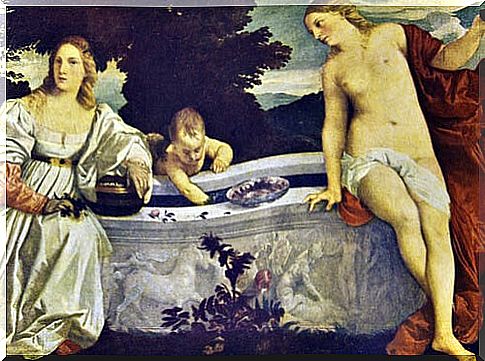
The unusual loose life of the painter
Titian’s meeting with the Holy Roman Emperor, Charles V, in Bologna in 1530 would be a defining event in his life. On this occasion, Titian executed a life-size, life-size portrait of the Emperor (now lost), an early example of what was still an extremely innovative genre at the time.
Quickly, he became the main painter of the imperial court; in this way, he obtained countless privileges, honors, and even titles. From this moment, he was the most sought-after painter in the courts of all Europe.
The artist knew how to win the admiration and esteem of the powerful not only for the beauty of his painting, but also for his own attitude and for the conceptual subtlety with which he constructed his paintings.
Proof of his fame is the large number of portraits signed by Titian that kept the collections of powerful characters. No other painter of the time painted as many portraits as Titian, although it is believed that the master’s students painted these pictures.
Titian received a pension from D’Avalos, Marquis del Vasto, and a large annuity from Charles V, from the Milan treasury. Another source of profit was a contract obtained in 1542 to supply grain to Cadore. This was his hometown that he visited almost every year, where he was considered generous and influential.
Titian owned a favorite villa on the neighboring Manza hill, from which he made his main observations on the form and effect of the landscape. The so-called mill of Titian, constantly discernible in his studies, is located at Collontola, near Belluno.
Personal life
In 1525 he married a lady named Cecilia, the daughter of a barber. The union legitimized their first son, Pomponio, and two more in a row, including Titian’s favorite, Orazio, who became his assistant.
Around 1526, he became acquainted, and soon extremely intimate, with Pietro Aretino. Pietro was an influential and audacious figure who appears so strangely in the chronicles of the time. Titian sent a portrait of him to Gonzaga, Duke of Mantua.
After Cecilia’s death in 1530, Titian remarried and became the father of a daughter, Lavinia, but his second wife also died. He moved with his children and got his sister Orsa to come from Cadore and take over the painter house.
Titian was approximately 90 years old when the plague that broke out in Venice led to his death on August 27, 1576. He was an extremely long-lived man for his time and was the only plague victim in Venice to receive an ecclesiastical burial. Titian was buried in the church of Frari (Santa Maria Gloriosa dei Frari).
His grave was close to his famous painting, the Madonna di Ca ‘Pesaro . No monument marked her grave until, long afterward, the Austrian rulers of Venice commissioned Canova to provide the great monument that decorates her today.
His religious paintings were true paradigms of a devotional painting with the capacity like no other to ‘move the affections’ of the faithful. At the same time, his mythological production made him the erotic painter par excellence and with the greatest power to disturb certain spirits.





